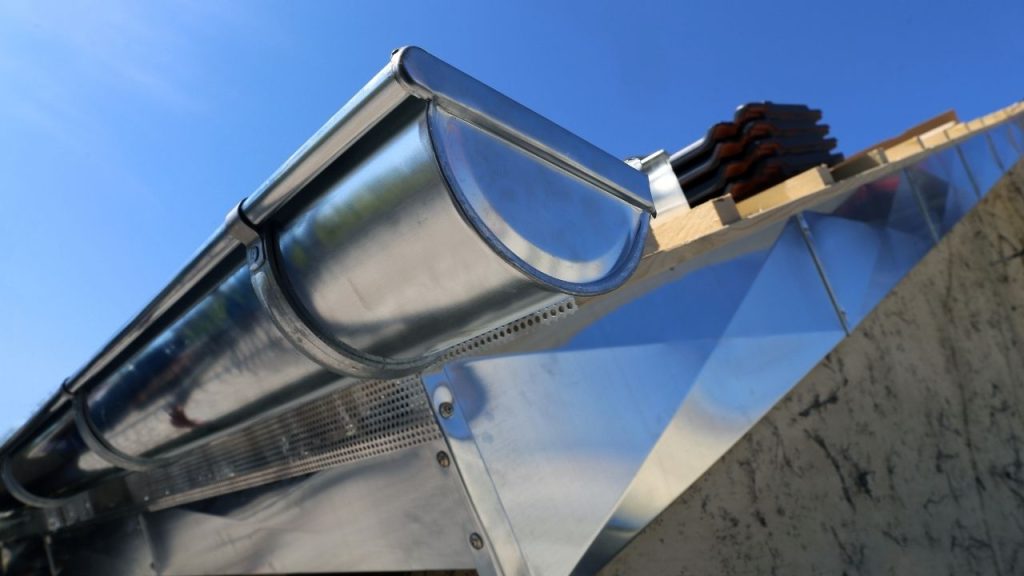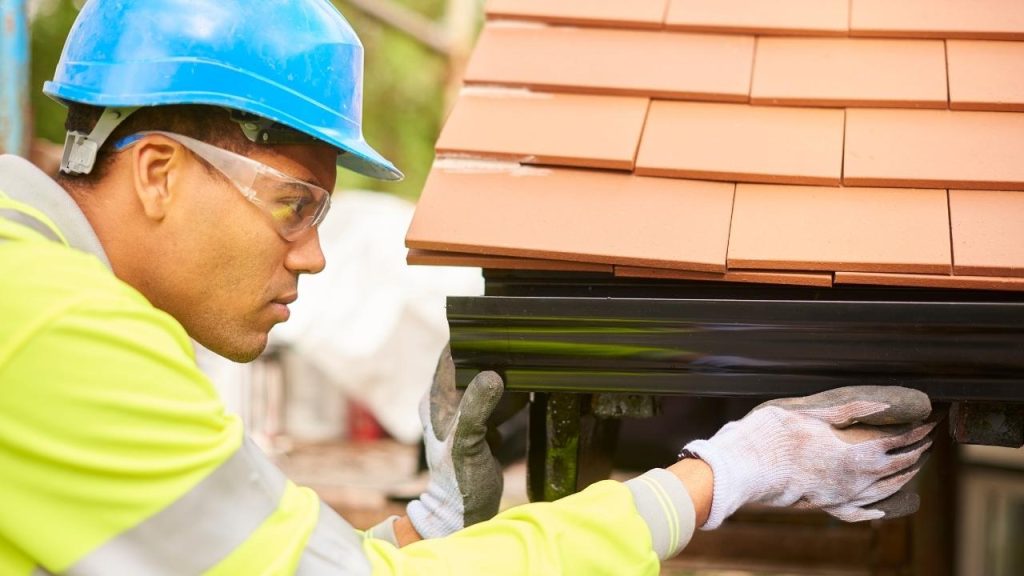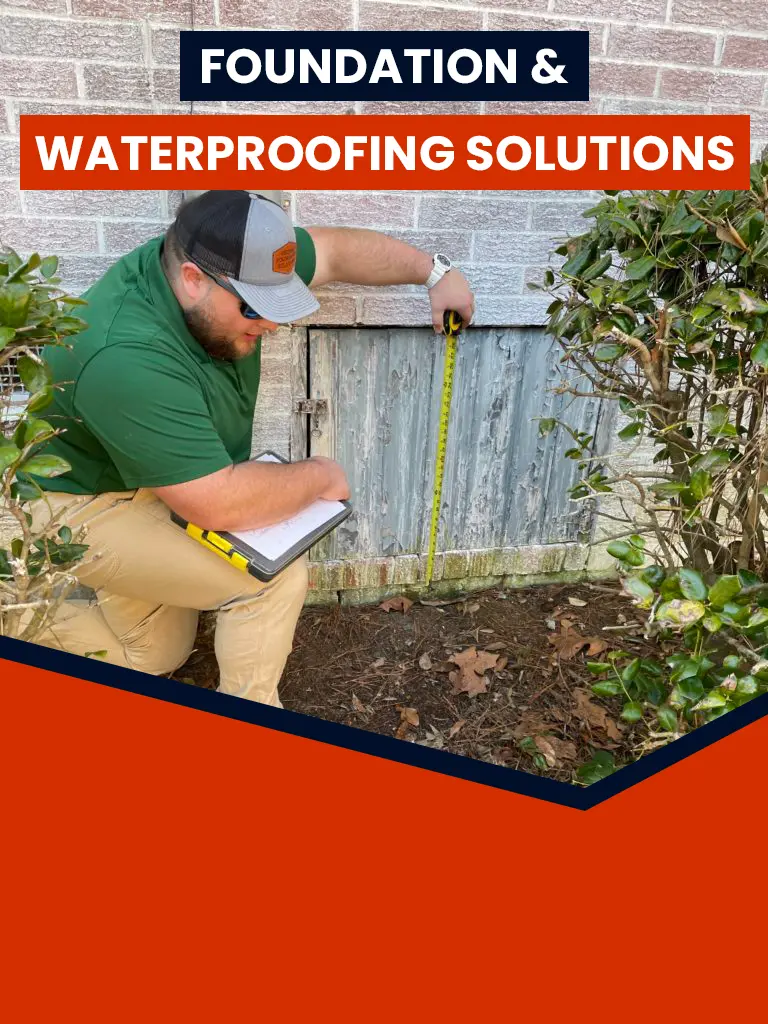Gutter replacement is essential for safeguarding your home against water damage, as gutters play a vital role in channeling rainwater away from your roof, walls, and foundation. Over time, gutters can become clogged, sag, or deteriorate, leading to expensive repairs if left unchecked. If you’re experiencing issues like cracks, rust, or overflowing water, it’s a clear sign that gutter replacement may be necessary.
By opting for timely gutter replacement, you can prevent further damage and protect your home’s structure. This guide will cover everything you need to know about gutter replacement, from identifying warning signs to choosing the best materials for your home.
Why Gutter Replacement is Important
Gutters are often overlooked when it comes to home maintenance, but their role is vital. Damaged or poorly functioning gutters can lead to:
- Foundation damage: Water that isn’t properly diverted can seep into the foundation, leading to cracks, instability, and potentially expensive repairs.
- Roof leaks: If water isn’t directed away from your roof, it can cause leaks that damage your home’s interior.
- Mold and mildew: Excess moisture from clogged or broken gutters can lead to mold growth, which poses health risks to your family.
- Erosion and landscaping damage: Uncontrolled water runoff can wash away soil, damaging your landscaping and garden areas.
Timely gutter replacement is crucial to safeguarding your home and your investment. By addressing the need for gutter replacement early, you can prevent serious damage that could compromise the structural integrity of your property.
Choosing gutter replacement at the right time ensures your home remains protected from costly repairs and water-related issues. Proper gutter replacement not only preserves your home’s foundation but also adds value by maintaining its overall durability and functionality. Investing in gutter replacement is a proactive step to keep your home safe and secure.
Signs You Need to Replace Your Gutters
Knowing when to replace your gutters can save you from costly repairs down the road. Here are common signs that your gutters are beyond repair and need to be replaced:
- Cracks, splits, or holes: Small cracks may not seem like a big deal, but over time they grow and allow water to escape, damaging your home.
- Rust or corrosion: Rust is a clear sign your gutters are breaking down, especially with metal gutters.
- Sagging or pulling away from the house: This occurs when gutters are full of debris or have lost structural integrity.
- Peeling paint or rust stains: If you notice paint peeling around the gutters, it’s a sign that water is spilling over the side.
- Pooling water or mildew around the foundation: This indicates that your gutters aren’t doing their job of diverting water properly.
Choosing the Right Gutter Material
Once you’ve decided it’s time to replace your gutters, selecting the right material is the next important step. The most common gutter materials are:
1. Aluminum Gutters
Aluminum gutters are the most popular choice for homeowners because they are lightweight, rust-resistant, and relatively affordable. They come in a variety of colors and are easy to install. However, they can be prone to denting or bending under pressure.
2. Vinyl Gutters
Vinyl gutters are an inexpensive option and won’t corrode, but they can become brittle over time, especially in extreme weather conditions. They are a good choice for DIY installation but may not last as long as other materials.
3. Steel Gutters
Steel gutters are extremely durable and resistant to harsh weather conditions, but they are prone to rust unless you choose galvanized steel. They are heavier and can be more difficult to install than aluminum or vinyl.

4. Copper Gutters
Copper gutters offer a high-end, stylish look that patinas over time for a unique aesthetic. They are incredibly durable and resistant to rust, but they come with a hefty price tag and may require professional installation.
5. Zinc Gutters
Zinc gutters are similar to copper in terms of durability and aesthetics, developing a patina over time. They are long-lasting but, like copper, are more expensive and may need professional installation.
Professional Installation vs. DIY
Replacing your gutters can be a challenging job, especially if you have a multi-story home or complex roofline. While DIY installation can save on labor costs, there are several reasons to consider hiring a professional:
- Safety: Installing gutters requires working at height, which can be dangerous without the right safety equipment.
- Expertise: Professionals know how to measure, cut, and install gutters correctly to avoid leaks and ensure proper water flow.
- Warranty: Many gutter companies offer warranties on their products and installation, giving you peace of mind that your investment is protected.

The Gutter Installation Process
Whether you choose to install the gutters yourself or hire a professional, understanding the basic installation process is helpful. Here’s a general outline of how gutters are installed:
- Remove old gutters: The first step is to carefully remove the old gutters without damaging the roof or siding.
- Measure and cut new gutters: New gutters are measured and cut to the correct length to fit your roofline.
- Install gutter hangers: Hangers are installed every 24–36 inches to provide support and prevent sagging.
- Attach the gutters: The new gutters are attached to the hangers and adjusted to ensure a slight slope for proper water flow.
- Install downspouts: Downspouts are installed to direct water away from your home’s foundation. They are typically attached with brackets.
Maintenance Tips for Long-Lasting Gutters
Once you’ve replaced your gutters, regular maintenance is key to ensuring their longevity and functionality. Here are a few tips to keep your gutters in top shape:
- Clean regularly: Remove leaves, twigs, and debris from your gutters at least twice a year to prevent clogs.
- Inspect for leaks: Periodically check your gutters and downspouts for leaks, cracks, or other signs of wear.
- Install gutter guards: Gutter guards help prevent debris from clogging your gutters, reducing the frequency of cleaning.
- Check water flow: After a heavy rain, inspect your gutters to ensure water is flowing properly and draining away from your home.
Conclusion
Replacing your gutters is an essential part of maintaining your home and preventing costly water damage. By understanding when to replace them, choosing the right materials, and either hiring a professional or doing the job yourself, you can ensure your gutters continue to protect your home for years to come. Proper installation and regular maintenance will help your new gutters function efficiently and extend their lifespan, keeping your home safe and dry.
Need a professional gutter replacement? Contact us today for a free estimate and let our experts ensure your home is protected from the elements!

